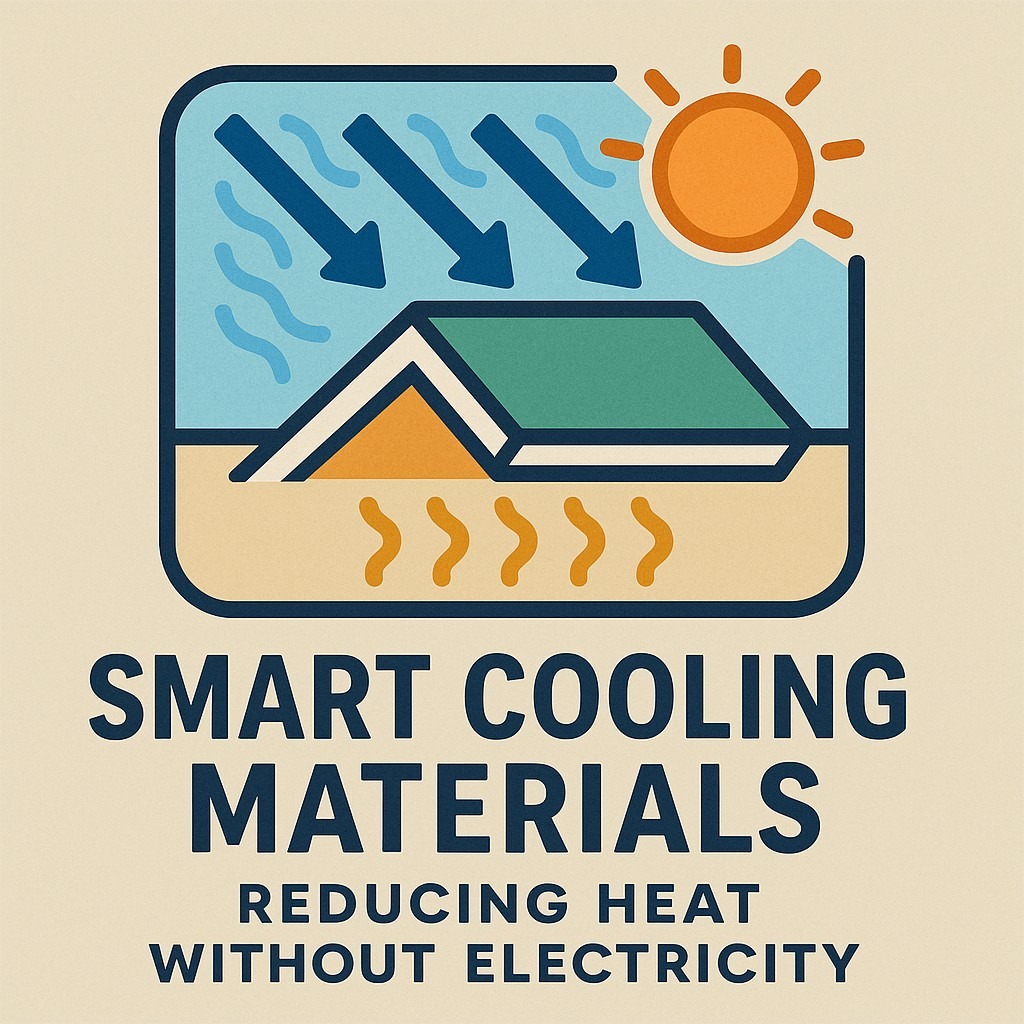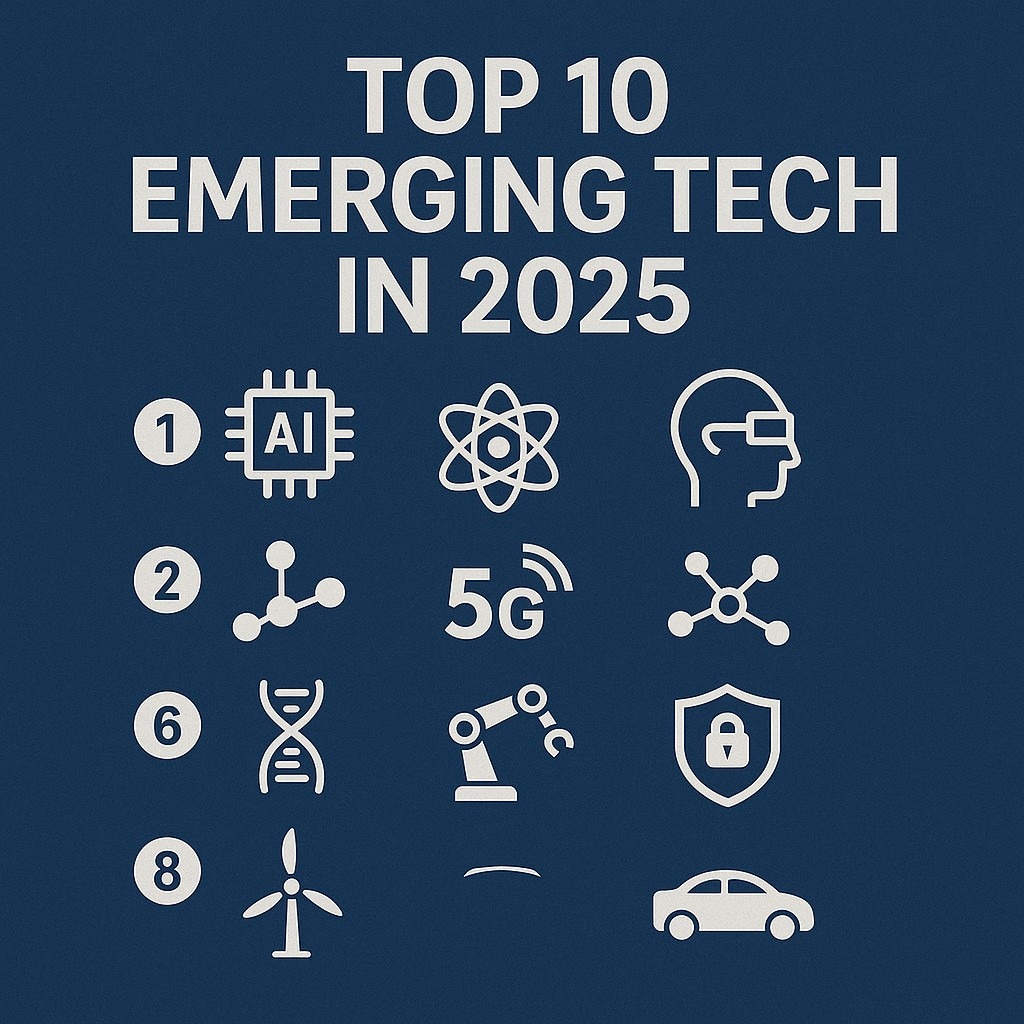The tech world is moving fast. Every year, new breakthroughs push the boundaries of what’s possible. In 2025, we’re seeing innovations that promise to reshape how we power, build, and even cool the world around us.
Recently, the World Economic Forum released its list of the Top 10 Emerging Technologies of 2025. These aren’t just exciting ideas. They’re actionable innovations with real potential to transform daily life within five years.
Let’s explore three of the most eye-opening technologies from that list plus why they matter now.
1. Structural Battery Composites: Power in the Frame
Imagine a car where the battery isn’t just in the floor. Instead, the entire frame stores energy. That’s the concept behind structural battery composites.
This material acts as both a structural component and a battery. It could revolutionize how we design vehicles, drones, and even buildings. By embedding energy storage directly into the structure, we cut weight and improve efficiency.
Even NASA is exploring this for satellites and aerospace (nasa.gov). So, it’s not just hype—it’s high-impact.

2. Osmotic Power: Energy from Saltwater Differences
Another standout is osmotic power also known as “blue energy.” This tech generates electricity from the natural difference in salt concentration between seawater and freshwater.
While the concept isn’t new, recent breakthroughs in membrane technology make it far more viable. This could be a clean, predictable power source for coastal nations.
In a world chasing low-emission energy, osmotic power has huge potential. Think of it as hydropower’s smaller, quieter cousin but one that doesn’t rely on massive dams.
3. Smart Cooling Materials: Reducing Heat Without Electricity
Cooling buildings takes massive amounts of energy. That’s where smart cooling materials come in. These materials reflect sunlight and radiate heat, keeping surfaces cool without power.
Unlike fans or air conditioners, these don’t use electricity. That makes them ideal for off-grid areas and developing countries. Plus, they can dramatically cut emissions in cities already battling heatwaves.
Companies are already scaling this tech for rooftops and textiles (nature.com). Expect to see it in clothing, cars, and even outdoor shelters soon.

Why This Matters Now
What makes these technologies so important isn’t just their novelty. It’s their practical potential.
Many past innovations sounded great but took decades to scale. These, however, are grounded in materials science and energy needs that are urgent and global.
Additionally, these innovations align with climate goals. They offer scalable solutions without relying on rare resources or fragile supply chains.
According to the World Economic Forum, all ten technologies on their list meet these criteria:
- Broad relevance
- Potential for near-term impact
- A foundation in real science, not just speculation
Final Thoughts: Don’t Wait to Catch Up
Emerging tech isn’t just for Silicon Valley anymore. These innovations will soon shape how we live, move, and interact with the world.
Whether you’re a startup founder, investor, or just tech-curious, now’s the time to pay attention. New materials, new energy models, and smarter ways to live are coming fast. The question is—will you be ready when they arrive?
Let us know in the comments: Which of these technologies excites you the most?

